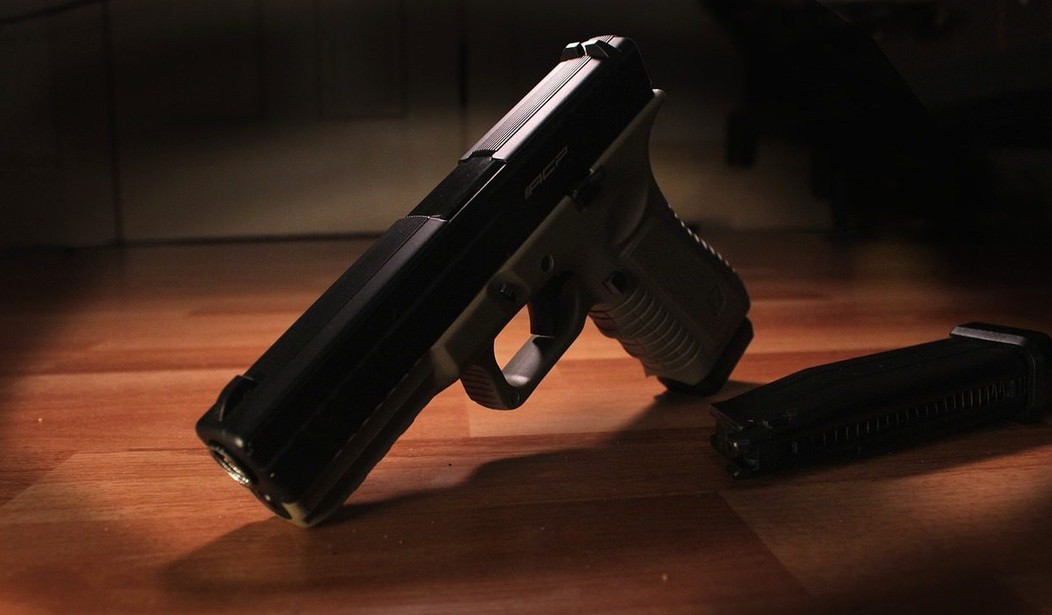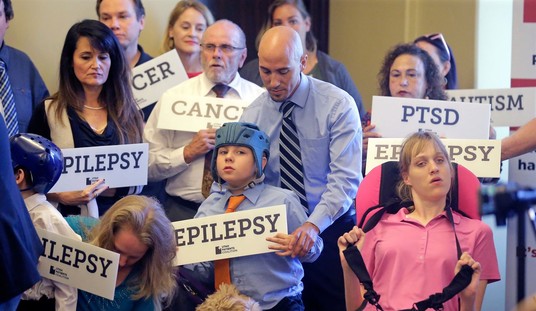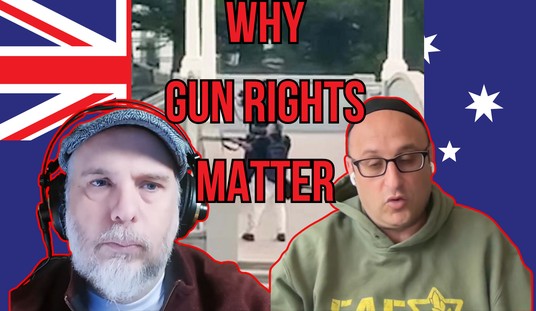South Dakota had a red flag bill up for consideration. Yes, South Dakota.
Of course, the keyword in that first sentence is that they had a red flag bill. They don’t have one now. It was killed in committee, as is only good and proper.
However, I found an interesting story about the bill and what happened. Not because it provided any new information about the introduction of the bill or why it was defeated.
No, it told me more about the person writing it.
Two bills that would’ve increased gun control measures for youths and people in crisis failed in a South Dakota House of Representatives committee Monday.
Rep. Linda Duba, D-Sioux Falls, sponsored both bills. The first bill, HB 1213, would have required the safe storage of firearms so minors could not access them and would have created a penalty if a gun owner was found in violation of the proposed law. The second bill, HB 1227, a so-called red flag bill, would have allowed for the state to take away firearms from someone in a mental health crisis through a extreme risk protection order.
Duba, armed with statistics about youth suicide and firearm deaths in South Dakota and gun violence nationwide, and proponents from the South Dakota Medical Association told the House Judiciary Committee the state needs to be proactive in its gun control measures, especially as the mental health crisis continues to worsen.
“We do know that unfortunately in the state of South Dakota … that youth suicide is on the rise,” she said when speaking about the extreme risk protection order.
What bothers me about this is that red flag bills aren’t about youth suicides.
Even in their most pure, most well-intentioned form, they only impact adults. Kids aren’t allowed to own guns, after all, so how can you disarm someone who doesn’t own firearms in the first place?
See, the reason this bothers me is that this red flag bill is being framed as a defeat for mental health. Journalists are supposed to use something called the inverted pyramid method. In it, you put the most important information at the beginning and the less so at the end.
This is because of two reasons. One is that it allows editors to cut easily, simply chopping off the last however many paragraphs, and knowing that the story will still be told. The other is that readers can just read the first little bit–something many, if not most readers still do–then go about their day with the most important points having been read.
Yet what do we see here? There’s absolutely nothing about the gun rights concerns. There’s just this idea that this was a mental health effort that failed and how that’s just going to lead to more people who can’t buy guns in the first place committing suicide.
“But that’s just about the mandatory storage bill,” someone might claim, but that’s not true. There’s absolutely nothing there that specifies that until well into the article. The takeaway here is meant to be that both of these are about mental health.
As for the mandatory storage bill, let’s remember that I’m a proponent of locking your guns up. I’ve written about that more than once and will continue to do so. But mandatory storage bills take the determination from law-abiding citizen and allows the state to determine how weapons should be secured.
And it’s stupid to think a kid can’t gain access to a firearm even if it’s locked up. Stealing keys is easy enough to do, especially if you’re not worried about the consequences.
So yeah, this story annoys me. It annoys me because this isn’t what journalism is supposed to be. This isn’t journalism. It’s advocacy.
It’s just unfortunate that this isn’t the outlier, but the norm for the news media in this day and age.








Join the conversation as a VIP Member